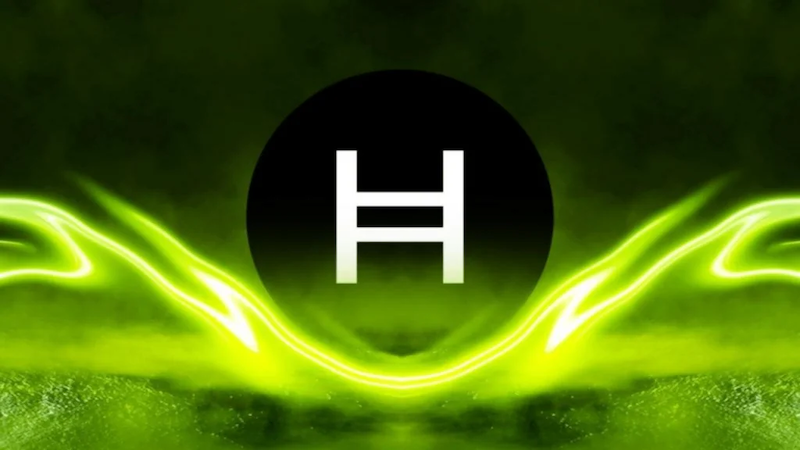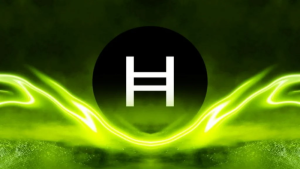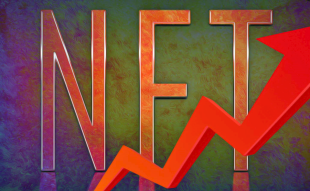Join Our Telegram channel to stay up to date on breaking news coverage
The integration of blockchain technology and artificial intelligence (AI) has witnessed a significant breakthrough with the linkage of Hedera‘s native cryptocurrency (HBAR) and ChatGPT. This integration leverages the decentralized features of blockchain networks, facilitating ChatGPT to securely interact with the Hedera network, and utilize its components such as Hedera Consensus Service, Smart Contract Service, and Hedera Token Service.
Ed Marquez, a developer, shared instructions for crafting the plugin via Twitter, emphasizing on the Hedera accounts’ token balances. As stated by Marquez, a network explorer can be used by users to view account balances, or they can programmatically obtain them through the mirror node Rest application programming interface (API) that the plugin employs.
The data returned regarding HBAR is provided in tinybars (tℏ), with one ℏ being equivalent to 100,000,000 tℏ.
Tokens held in Hedera accounts, including HBAR and other fungible and nonfungible tokens created on Hedera, are kept in a specific ledger.
Any #ChatGPT users and enthusiasts in the house? 🙋♂️
Here’s a step-by-step guide on how to create a #ChatGPT #plugin that interacts with @hedera
This will be useful for those who want to tap into the power of #AI with #blockchain 🤖🧊⛓
Happy coding💻https://t.co/yhdWqSkG24
— Ed (@ed__marquez) June 23, 2023
The ChatGPT plugin, when integrated with the Hedera network, facilitates the extraction of HBAR and token balances from Hedera accounts, thereby refining the connection between ChatGPT and the blockchain. This, in turn, simplifies asset tracking and management for users.
Post the development of the plugin and operational status of the API, it can be incorporated into the ChatGPT user interface. Consequently, users can interface with ChatGPT to inquire about HBAR and token balances linked to Hedera accounts. The necessary data is then fetched by the plugin via a request to the Hedera mirror node Rest API.
By virtue of blockchain technology, the veracity and credibility of content generated by AI are ensured. This allows users to partake in microtransactions, access superior content, and engage in tokenized economies without concerns about exorbitant fees or time lags.
Additionally, it paves the way for decentralized application development, which can harness the advantages of both technologies to spawn decentralized marketplaces, collaborative platforms, and schemes for rewarding user contributions.
About Hedera
According to the project’s website, Hedera is a decentralized, open-source, proof-of-stake public ledger that utilizes the leaderless, asynchronous Byzantine Fault Tolerance (aBFT) hashgraph consensus algorithm. It is governed by a collusion-resistant, decentralized council of leading enterprises, universities, and web3 projects from around the world.
Hedera’s performance-optimized Ethereum Virtual Machine (EVM) smart contracts, along with its easy-to-use native tokenization and consensus service APIs, enable developers to create real-time web3 applications and ecosystems that will drive the future of the internet.
The project’s page states that Hedera is built differently from other blockchains, in that it provides high throughput with fast finality; low, predictable fees; fair transaction ordering with consensus timestamps; and a robust codebase that ensures scalability and reliability at every layer of its network infrastructure. Hedera is governed responsibly by the world’s leading organizations to ensure that the network is collusion-resistant.
Related News
- Where to Buy Hedera Hashgraph Coin
- Best Web3 Crypto Projects: A Detailed Guide
- Hedera (HBAR) Price Prediction 2025
- Best NFTs to Buy
Best Wallet - Diversify Your Crypto Portfolio
- Easy to Use, Feature-Driven Crypto Wallet
- Get Early Access to Upcoming Token ICOs
- Multi-Chain, Multi-Wallet, Non-Custodial
- Now On App Store, Google Play
- Stake To Earn Native Token $BEST
- 250,000+ Monthly Active Users
Join Our Telegram channel to stay up to date on breaking news coverage


